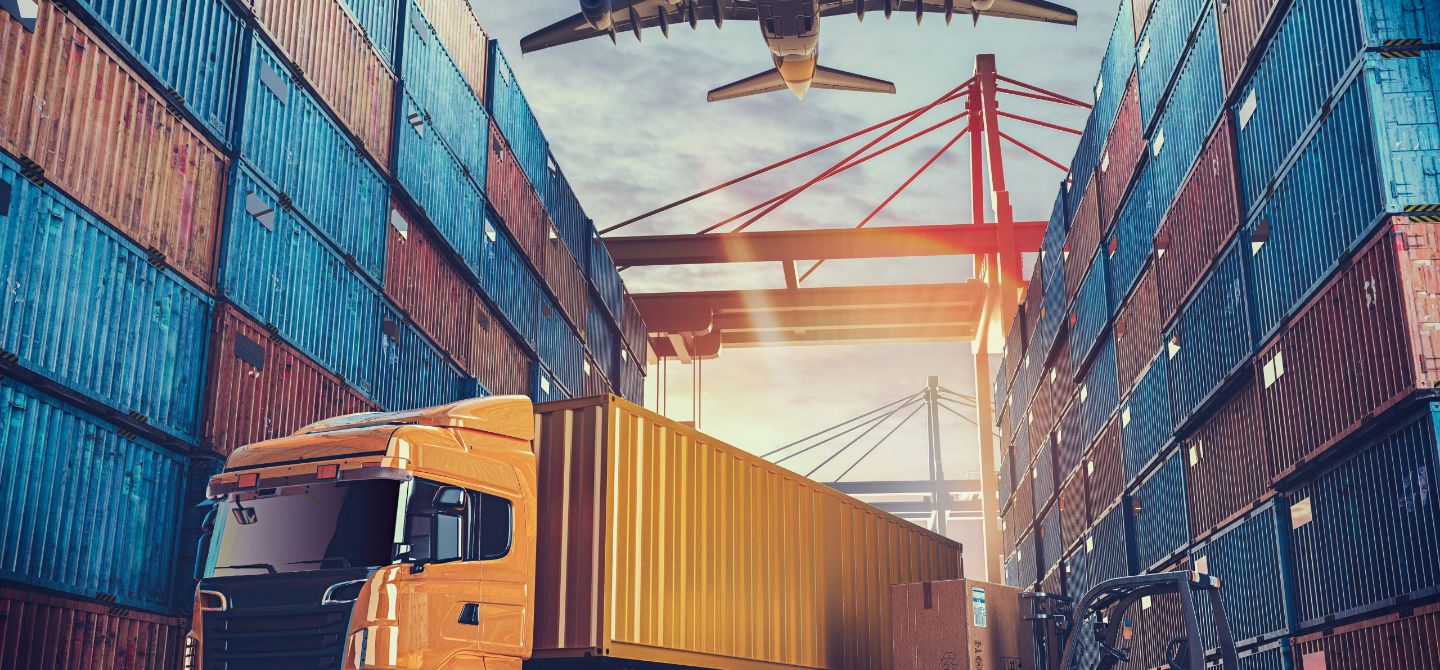Commercial Freight Services
Medina Logistics specializes in freight services for small and large businesses. We can handle moving your raw materials, equipment, disaster relief efforts, air freight shipping services, and more. Our dedicated specialist will serve as your single point of contact throughout the process, managing every aspect of your shipment. We have solutions for single shipments, multiple shipments, and recurring shipments. If you need help for properly packaging your freight items to ensure safe transport, we can handle that too.
What is best for your business? The difference between FCL and LCL in Shipping Terms.
The main difference between FCL and LCL is that the shipper is sharing space in a container for an LCL shipment, compared to renting the full container space under an FCL agreement. To help you understand and navigate these options, we’ve created a table that can guide you in deciding which shipping method makes the most sense for your needs.
How to Choose Between FCL and LCL?
There are important factors that a shipper should consider when choosing an ocean freight arrangement. There is more to be concerned about apart from the shipment volume when deciding to use FCL or LCL. For you to have a clear understanding, please refer to the table.
| Traceability | LCL: Less than Container Load | FCL: Full Container Load |
| Shipment’s Volume | It can be used for shipments as little as 1 CBM, or less, although the minimum chargeable volume is 1 CBM. (Note: It is also advisable to check the air freight options if the shipment is less than 1 CBM and the chargeable weight is less than 200kg). LCL is ideal for shipments with a volume of less than 15 CBM. | Any shipment can use the FCL agreement, regardless of the volume. However, it is best to consider booking a full container if the total space that the load consists of 15 CBM or more. Below are the most common container sizes for FCL shipments as well as their approximate capacity: 20FT – 30CBM, 40FT – 65 CBM 40FT HQ – 75 CBM |
| Freight Cost | The costs are usually cheaper for smaller loads under 15 CBM. The overall cost can be higher for loads over 15 CBM depending on the route. The local fees are usually higher than the FCL. If the shipment is +/- 2 CBM of 15 CBM, it is best to check the full container load option. | FCL can be cheaper for shipments with a volume of around 15 CBM. There is no specific volume when an FCL is less expensive since rates differ depending on the route. The price per CBM of the container (maximum load divided by the container cost for the ocean freight) is not always lower than LCL. However, the overall cost for a full container load can be less expensive since the local charges for an FCL is a fixed rate per container. |
| Security and Damages | There’s a higher risk for damages, theft, or loss since the container is shared with other shipments. Freight Insurance is available for an extra layer of protection. | There is a lower risk of the cargo getting damaged, stolen, or lost because the container travels in direct routes with a single consignee. Freight Insurance is also available as an extra layer of protection. |
| Trackability | The vessel and container can be tracked by using the information found on the Bill of Lading. Unfortunately, the tracking ends when the container arrives at the port or when the cargo unloads from the container. The tracking might also not be accurate, especially for multiple handlers. You can get more information from your freight forwarder for instances like this. | The tracking for FCL is the same for LCL. You can either track the vessel or the container’s location using the information found on the House Bill of Lading. FCL is much easier to follow than LCL since the full container is transported under one consignee. Your freight forwarder will also give you an estimate of the shipping plan. |





